Diabetes occurs when the level of glucose or sugar in the blood is high. The food we eat gives us glucose, and the hormone insulin helps move this glucose into our cells so they can get energy from it. If the body has too little insulin or if it cannot use insulin properly, it causes high blood sugar, or diabetes.
Apart from your diet and medicines, practicing yoga can be of great help in managing your diabetes. Himalayan Siddha Akshar, Founder, Akshar Yoga Institute, Himalaya Yoga Ashram, World Yoga Organization, shares, “Yoga asanas stretch the internal organs with a variety of twisting poses. As a result, blood flow increases and the organs receive more oxygen.” which increases their efficiency. As a result, the endocrine system performs better.”
High Blood Sugar: Here are some yoga asanas that can be practiced if you have diabetes
Yoga expert Himalayan Siddha Akshar lists the following yoga asanas for diabetes:
1) Marjariyasana (Cat-Cow Pose)
Upward Facing Marjari Asana
Place your knees under your hips and your palms under your shoulders. Take a deep breath, arch your back and look up.
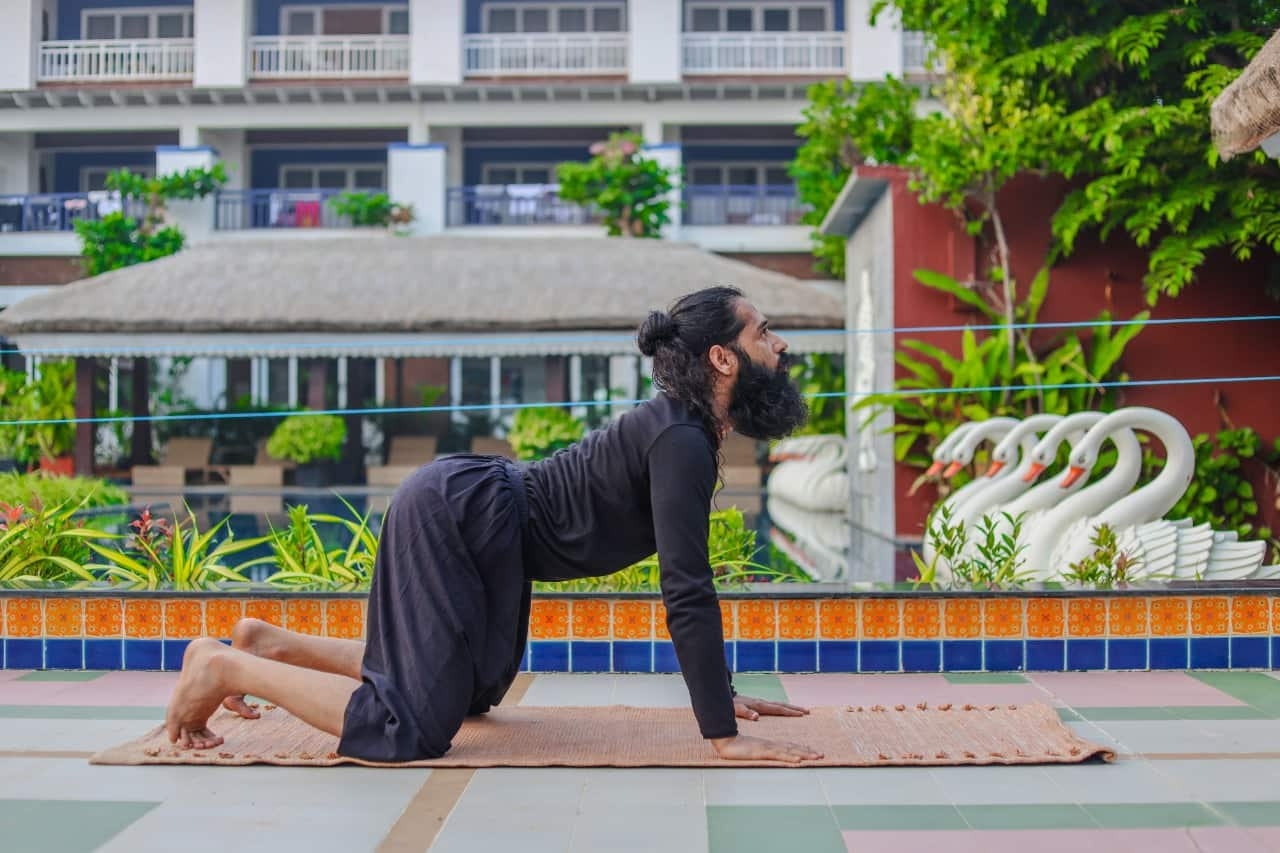
reclining posture
Exhale, arch your back and tuck your chin to your chest. Put your attention on your navel.
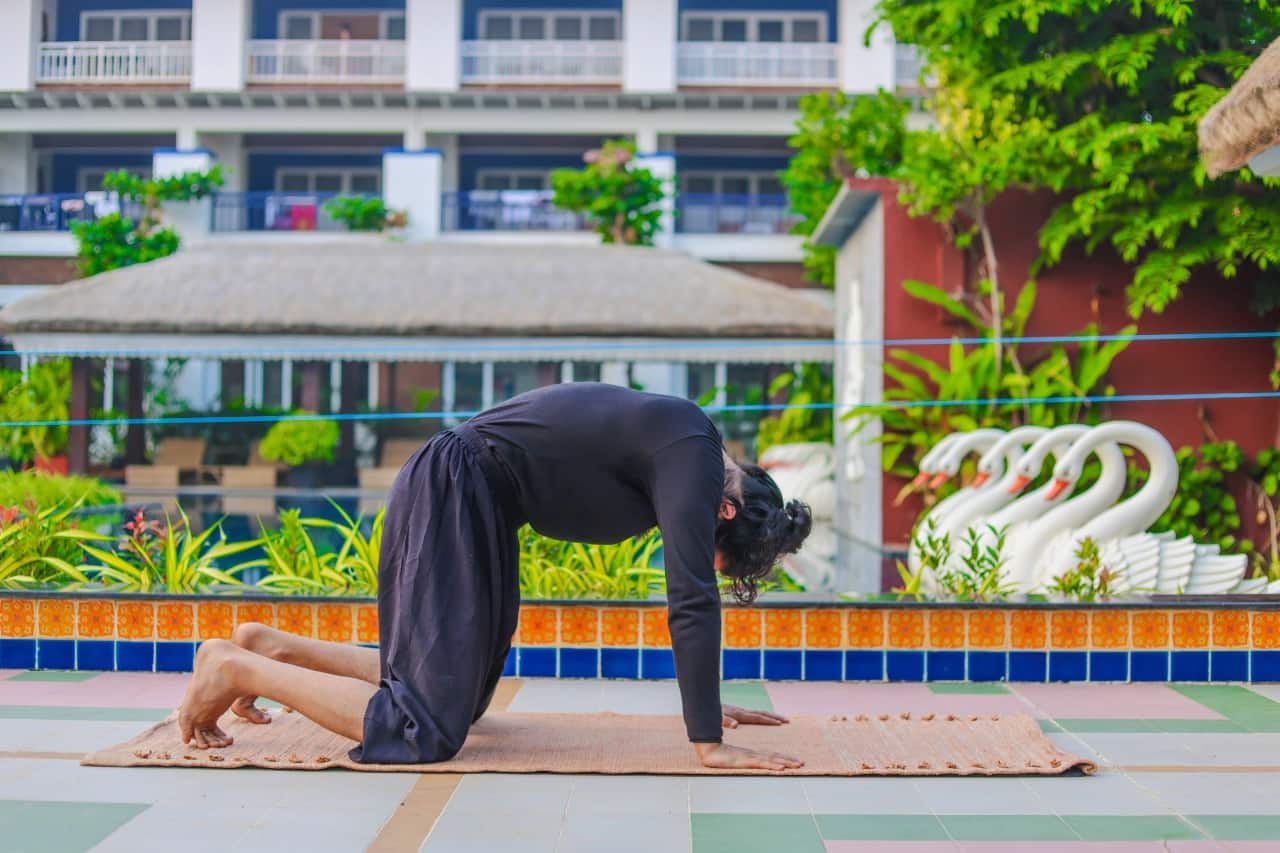
2) Paschimottanasana (Seated Forward Bend)
To do this, first of all move your feet forward. While doing this, keep in mind that your knees should be slightly bent. Raise your arms up while maintaining a straight spine. As you exhale, begin to bend forward at the hips, keeping your upper body over your lower body. Keep your fingers everywhere you can reach, like your big toes.
Word of caution: Practitioners who are pregnant, have a slipped disc, suffer from sciatica, asthma, or have an ulcer should not perform Paschimottanasana.

3) Adho Mukha Svanasana (Downward Dog)
Start by getting down on all fours and placing your knees under your hips and your palms under your shoulders. Extend the elbows and knees while lifting the hips. Apply pressure to your palms while opening your shoulder blades. Try to keep the heels firmly on the ground. Keep your focus on your big toes.
Word of caution: Avoid doing this position if you have diarrhea or carpal tunnel syndrome. Avoid holding this position if you are pregnant or close to becoming pregnant. Avoid this asana if you walk slowly, have high blood pressure, headaches, or have had a recent or persistent arm, hip, shoulder, or back injury.
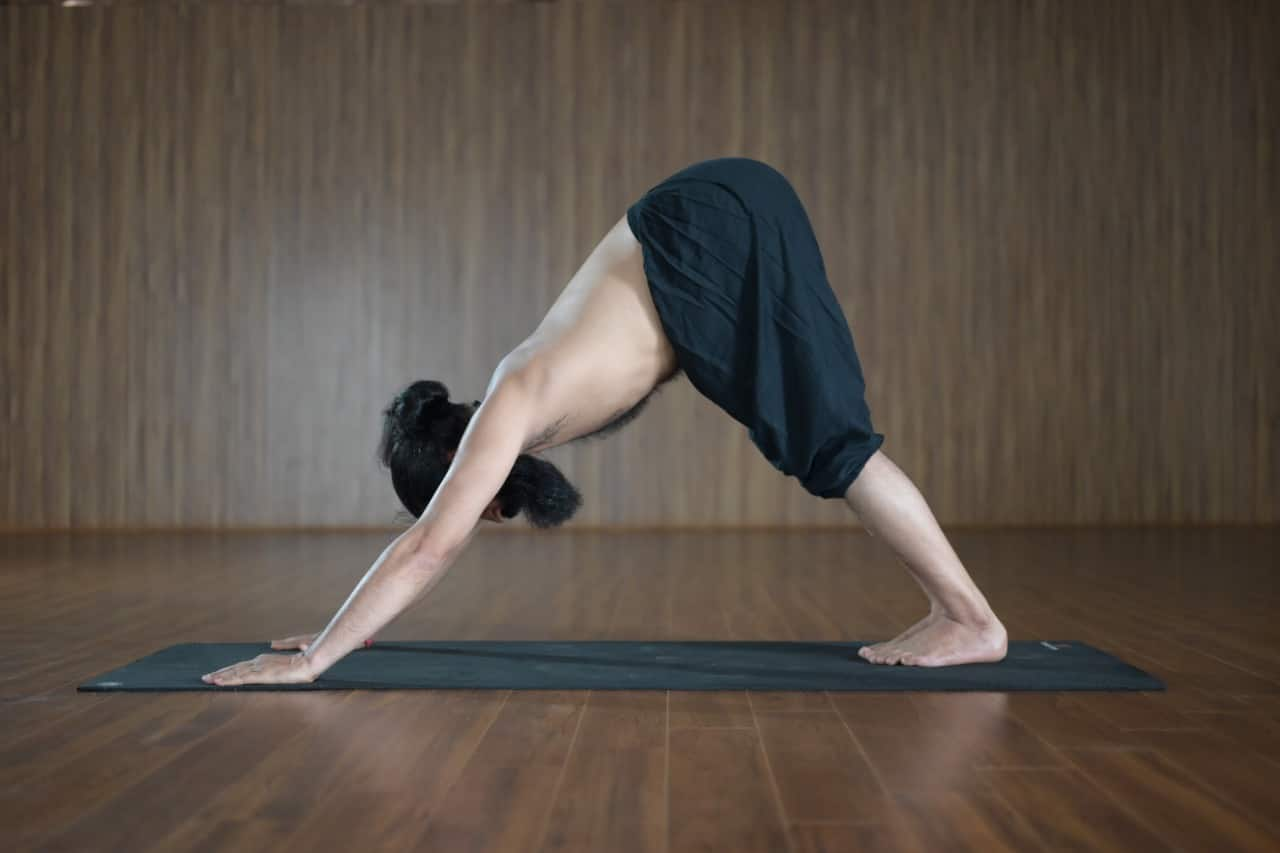
4) Balasana (Child’s pose)
Kneel on the mat while sitting straight on your heels. Exhaling, bring your arms above your head and lean your upper body forward. Keep your forehead on the floor while supporting your pelvis on your heels. Make sure your back is not arched.
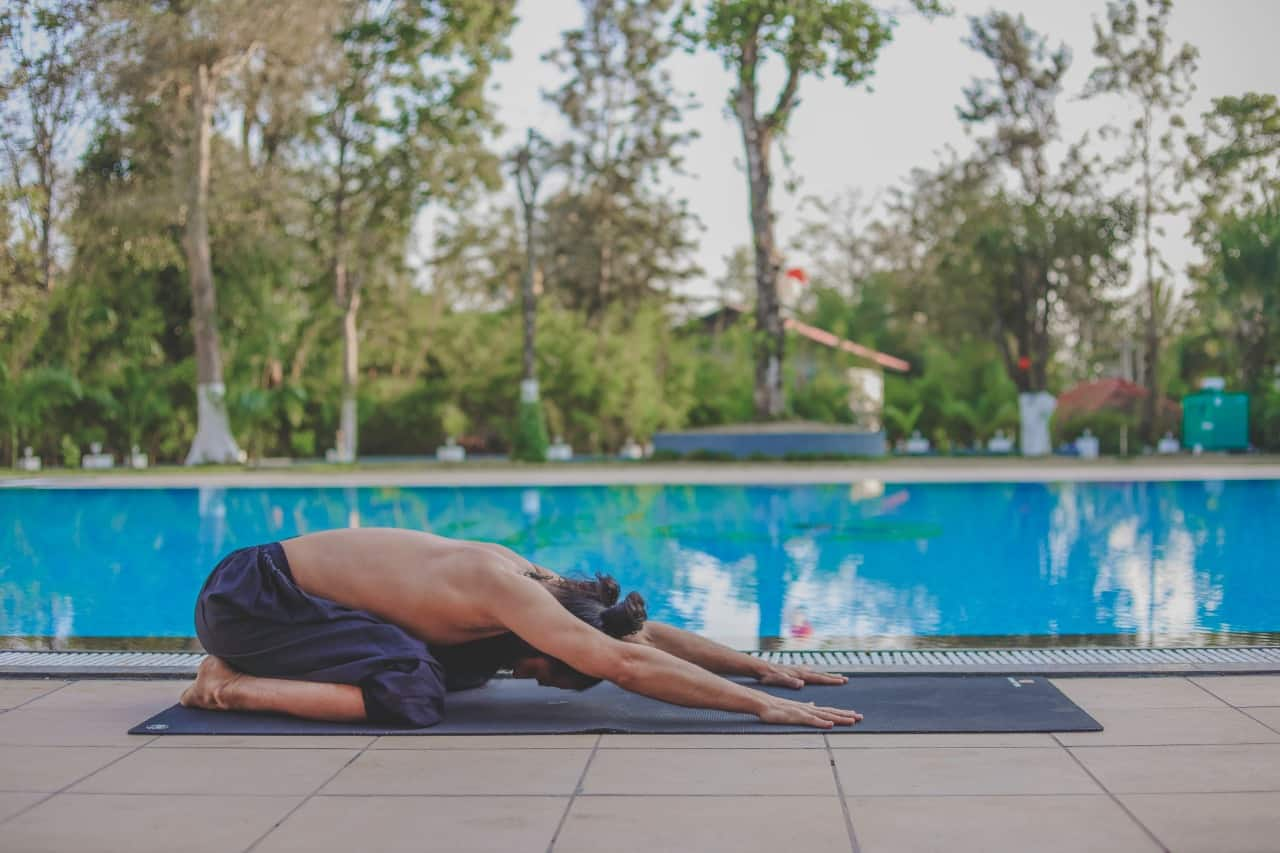
5) Frog Pose
As you sit in Vajrasana, extend your arms in front of you. Your remaining four fingers should be on top of your thumb as you clench your fist. Bend your arms at the elbows and place your balled-up fists above your navel. You should want your upper body to be bent and over your lower body. Look forward, stretching your neck.
Word of caution: Pregnant women should avoid doing this asana. If a person has ankle pain or injury or has just had ligament surgery, they should avoid this position. If one has ulcer problem, then this stance should be avoided. If you have knee or back problems, please refrain from doing this pose.
Hold each position for three sets of 30 seconds. Practice each of these positions deliberately, taking your time and focusing on your breathing as you hold each one.
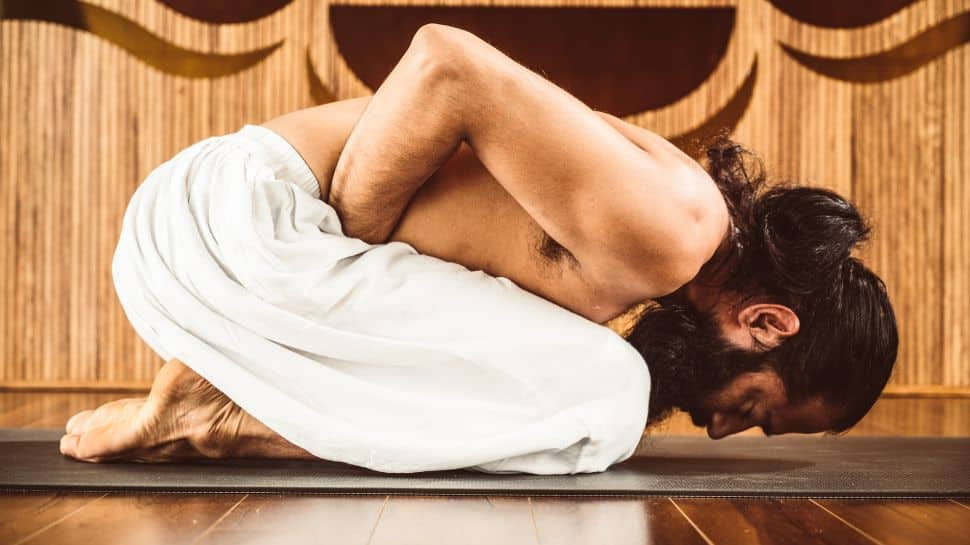
(Disclaimer: The views expressed in this article are those of experts and do not reflect the views of Zee News. Always consult a doctor or medical professional before starting any new exercise regime.)